|
|
|
|
|
|
|
|
|
|
|
|
|
|
|
|
|
|
|
|
|
|
|
|
| Roller coasters today
top at 310 feet and reach speeds of one hundred miles per hour, but their
beginnings were much more humble. As far back as the 16th and 17th centuries,
people in Russia built wooden towers covered with ice to slide down. These
ice slides were built up to seventy feet, and used year-round in Russia's
cold climate. |
|
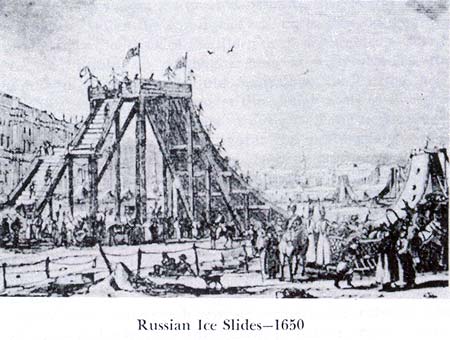 |
|
|
|
|
 |
|
|
|
|
| When a few French men
came to Russia in the early 1800's, the saw the slides and brought the idea
back to France. Their country was too warm to use ice for more than a few
months per year, however, so they used sleds with wheels on a plain wooden
slide. In 1817, the "Russes a Belleville" became the first roller
coaster with the vehicle attached to the track. |
|
|
|
|
|
|
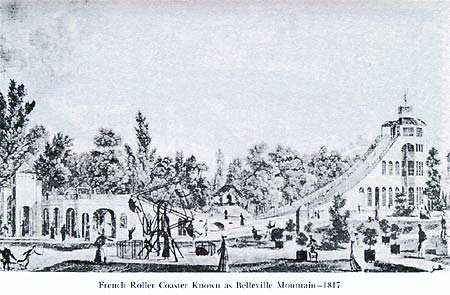 |
|
|
|
|
|
|
 |
|
|
|
|
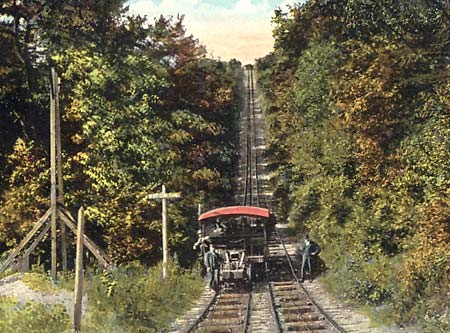 |
|
Coaster designs became
ever more complicated. The roller coaster came to America in the form of
the "Maunch Chunk Switchback Railway", which was an abandoned
mine track converted into a tourist attraction. It was very popular, and
thousands of thrillseekers paid one dollar for the scenic trip up and the
bumpy trip down the mountainside. |
|
The first true roller
coaster in the U.S. was LaMarcus Thomson's "Gravity Pleasure Switchback
Railway" at Coney Island, New York. It used mules to tow the cars up
45-foot towers and sent them down at the exhilarating speed of 6 miles per
hour. Also in 1884, Charles Alcoke designed a roller coaster with continuous
track, the standard on coasters today. |
|
|
|
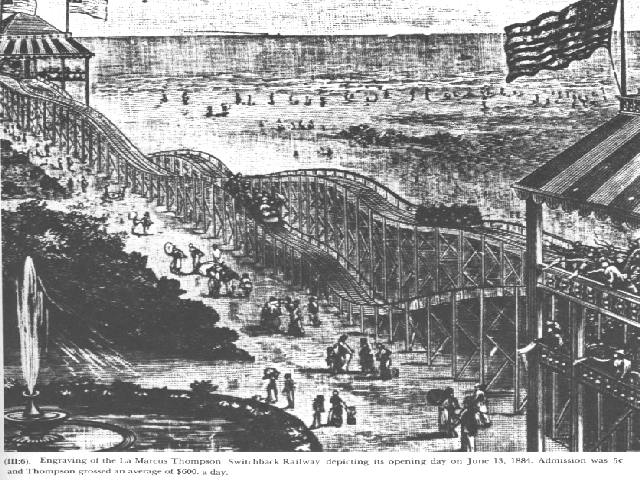 |
|
|
|
|
 |
|
|
|
|
|
. By the end of the
1800's, designers were already experimenting with inversions (loops). The
"Flip-Flap" in 1895 had a 25-foot in diameter vertical loop, but
it closed in 1903 due to complaints of back injuries. Through the early
1900's, roller coasters grew in height, speed, and popularity. John Miller
(pictured) was perhaps the greatest innovator of his time, designing many
rides and holding hundreds of patents for things like safety chains and
wheel designs. His rides could be bought form a catalog, and built wherever
one wanted. It wasn't until much later that roller coasters were designed
to fit the site. Historians and enthusiasts consider the 1920's to be the
Golden Age of roller coasters. Over 1500 were in operation at the time in
hundreds of locations. |
|
|
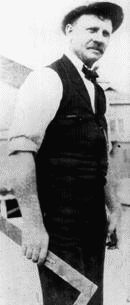 |
|
|
|
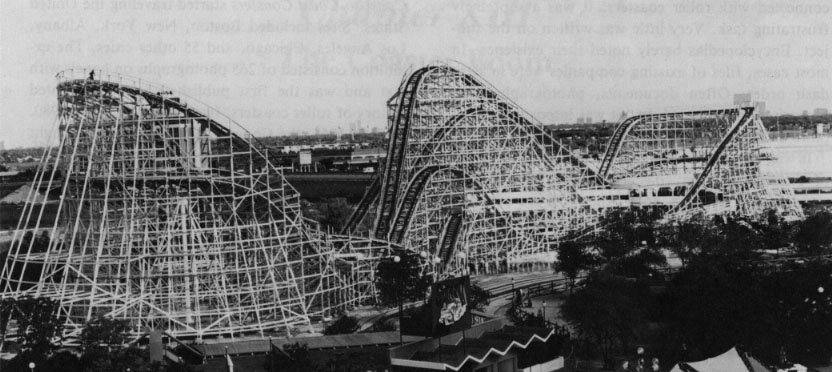 |
|
|
|
|
|
Wooden monsters like
the Crystal Beach Cyclone had crazy twists, steep drops, and speeds up to
45mph. |
|
|
|
|
 |
|
|
|
|
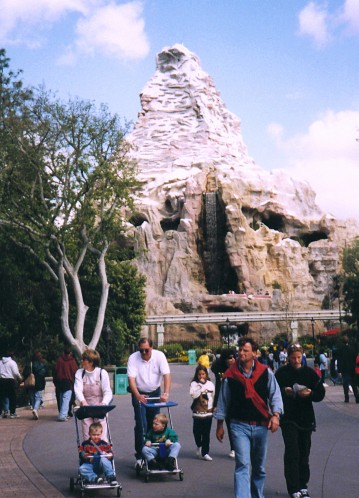 |
|
|
|
|
|
|
|
|
|
|
|
|
|
|
|
|
|
|
|
The Depression of the
1930's saw many roller coasters demolished, as parks closed because no one
had money to spend on frivolous pleasure. But in 1959, Disneyland opened
the "Matterhorn" (pictured), an amazing new ride innovation with
steel track. Suddenly new innovations were being made in car and track design
and old ones rediscovered. |
|
|
|
|
|
|
|
|
 |
|
|
|
|
Through the 1970's,
roller coasters regained their popularity with the advent of elliptical
loops that didn't cause back injuries. In the past 20 years, over 1500 roller
coasters have been constructed in the United States. The race to build the
biggest and fastest ride still continues today. |
|
|
|
|
|
|
|
|
 |
 |
 |
 |
 |
 |
 |
 |
 |
 |
 |
 |
 |
 |
 |
 |
 |
 |
 |
 |
 |
 |

















